If you think tea is just throwing a teabag into hot water, think again. Around the globe, tea is a daily ritual that can be calming, energizing, or downright theatrical. It’s the second most-consumed drink after water, which means billions of people are steeping, sipping, and sharing it every single day.
For many immigrants, tea is more than a drink. It’s the taste of home, the comfort of routine, or a way to keep cultural traditions alive in a new place. One cup of chai can transport you back to a noisy train station in Delhi. A glass of mint tea might remind you of warm hospitality in Casablanca. At Remitly, we know these little rituals matter. They’re how you carry your culture with you, even while building a new life in the US.
The origins of tea culture
Before diving into specific countries, it helps to know where tea started and how it ended up with tonnes of tea being consumed daily. Tea’s journey is one of trade, migration, and cultural exchange.
A brief history of tea
The true origin of tea is actually a mystery. But the most famous tea theories take us to China. Legend has it that Emperor Shen Nong discovered it around 2737 BCE when leaves accidentally drifted into his boiling water. It may sound like a myth, but archaeological evidence shows people in China were drinking tea thousands of years ago.
Over centuries, tea became part of religious practice, medicine, and daily routines. Monks drank it to stay awake during meditation, while traders spread it along the Silk Road.
Tea’s journey to the West
By the 1600s, Portuguese and Dutch traders introduced tea to Europe. At first, it was a luxury for the wealthy, served in porcelain cups and stored in ornate caddies. Only the elite could afford it.
That didn’t last long. By the 18th century, tea had moved from royal courts to everyday kitchens. Britain, Russia, and beyond embraced it, blending their own cultural traditions into the way it was prepared and shared.
The art of serenity: Japanese tea ceremony (Chadō)
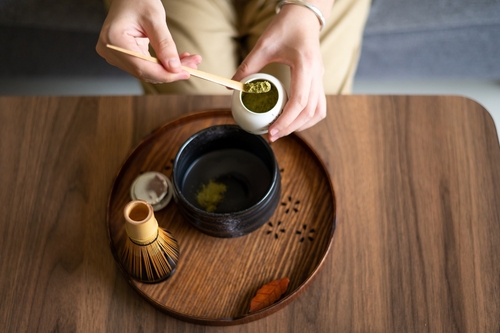
Japan takes tea to another level. Here, the practice is slow, deliberate, and deeply meaningful.
The philosophy behind Chadō
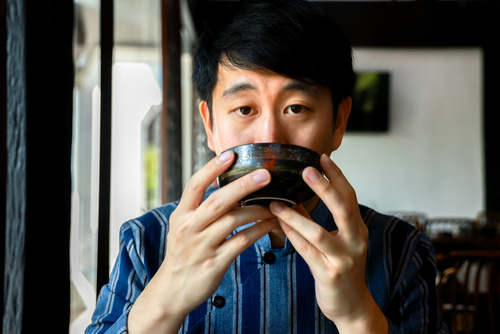
Known as the “Way of Tea,” Chadō is about much more than sipping a drink. Rooted in Zen Buddhism, the ceremony is a practice in mindfulness, simplicity, and respect. The idea is to leave everyday worries behind and focus on the present.
Every detail, from the utensils to the host’s movements, reflects this philosophy. Even the act of bowing or turning the tea bowl has symbolic meaning. Together, these rituals create a shared experience of calm and gratitude.
Matcha and the chashitsu
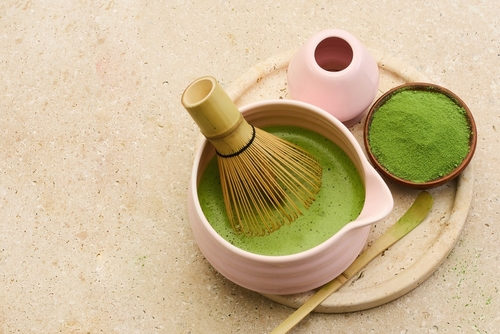
The tea of choice is matcha, a powdered green tea whisked into a frothy bowl. Its vibrant green color and earthy flavor make it unique among teas. Unlike loose-leaf teas, matcha is consumed in full, meaning you drink the ground leaves themselves, not just an infusion.
The ceremony usually takes place in a chashitsu, or tea house. These small, minimalist spaces are designed to foster peace and simplicity. From the garden path that leads you inside to the tatami mats underfoot, every detail encourages mindfulness.
The ritual experience
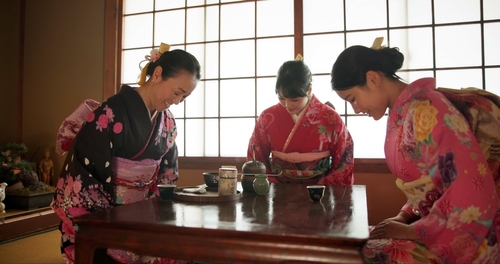
A host prepares the tea using precise, graceful movements. Guests are expected to follow certain etiquette, like bowing or admiring the bowl before sipping. The ceremony is quiet, but not silent; it’s about harmony, not stiffness.
A social staple: British afternoon tea
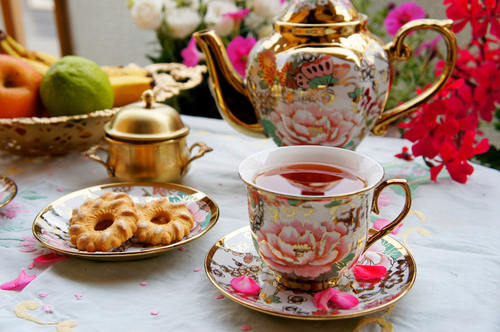
Britain gave the world one of the most recognizable tea traditions: afternoon tea. While it began as an aristocratic habit, it’s now enjoyed globally.
Origins of afternoon tea
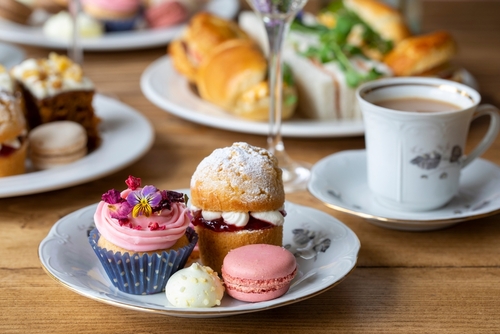
The custom started in the 1840s, thanks to Anna, the Duchess of Bedford. She needed a snack between lunch and dinner and started pairing tea with bread and butter. Soon, her friends joined in, and the ritual spread among high society.
Afternoon tea quickly became more than food; it was a performance of elegance. Delicate cups, tiered stands, and fancy finger foods turned a simple drink into a cultural event.
What’s on the table
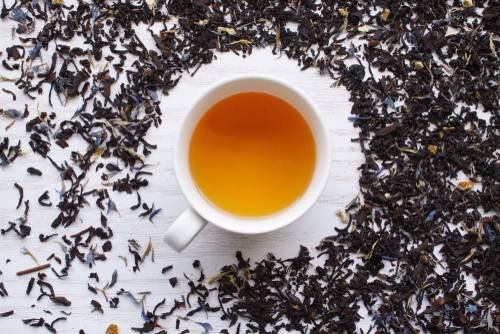
A proper afternoon tea usually includes black teas like Earl Grey or English Breakfast. These strong teas are often served with milk and sugar, though lemon is another option.
Food is just as important as tea. The iconic three-tiered stand holds finger sandwiches on the bottom, scones with clotted cream and jam in the middle, and pastries or cakes on top. It’s as much about presentation as flavor.
Afternoon tea today
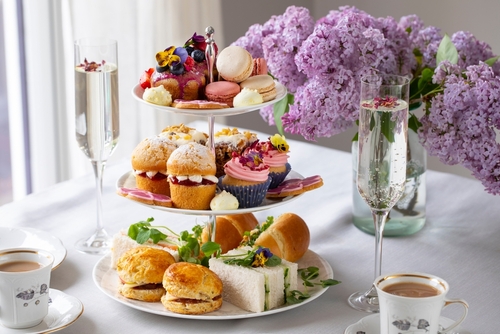
Today, afternoon tea isn’t just for duchesses. Tearooms and hotels around the world offer it, and modern versions may include champagne, themed menus, or vegan options. It’s become a social event for birthdays, celebrations, or just catching up.
A symbol of hospitality: Moroccan mint tea
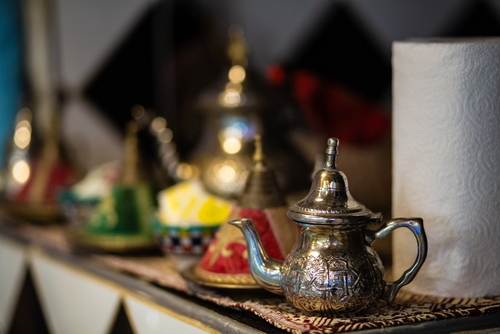
In Morocco, tea is the heartbeat of social life. It’s impossible to visit without being offered a glass.
Ingredients and preparation
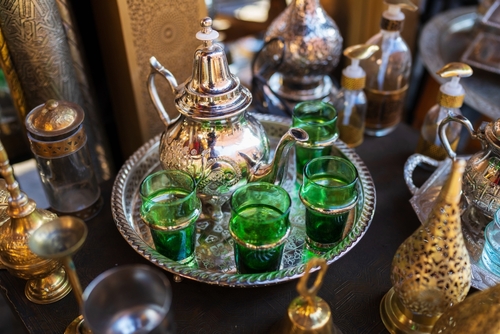
Moroccan mint tea, or Touareg tea, blends gunpowder green tea with fresh mint leaves and plenty of sugar. The flavor is bold yet refreshing, and the sugar makes it addictively sweet.
Preparation is key. The tea is boiled, poured, and mixed multiple times until it reaches the right balance. Every household seems to have its own perfect recipe.
The theatrical pour
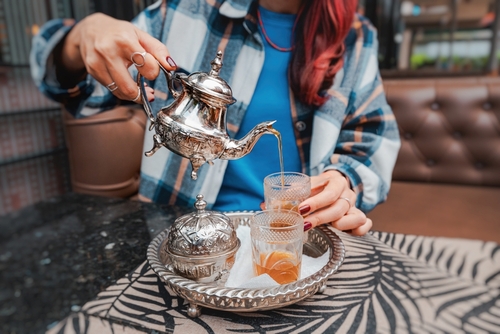
The iconic high pour is what makes Moroccan mint tea so special. Holding the silver teapot high above the glass, the host pours in a steady stream, creating a frothy head. It’s dramatic, but also practical; it aerates the tea and enhances the flavor.
Cultural significance
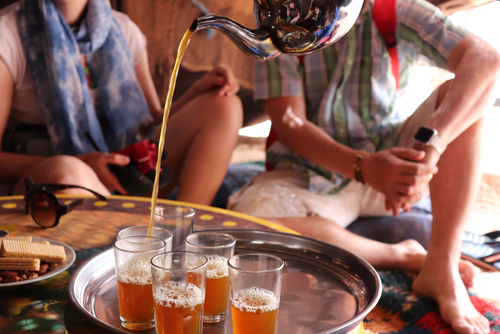
In Morocco, tea is a gesture of friendship and welcome. Saying no is like turning down an invitation to connect. Guests are usually served three rounds, each with slightly different flavors as the leaves steep longer.
For Moroccan immigrants, offering mint tea in a new country is a way of sharing culture and making others feel at home. It’s hospitality you can taste.
The spice of life: Indian chai
India’s contribution to global tea culture is bold, spiced, and beloved: chai.
What makes masala chai special
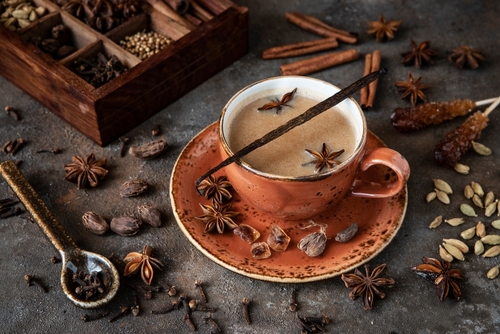
Unlike plain black tea, masala chai is made by simmering tea with milk, sugar, and spices like cardamom, ginger, cinnamon, and cloves. The result is sweet, spicy, and comforting all at once.
Each household has its own recipe, and each cup feels personal. Some versions are heavy on ginger, while others emphasize cinnamon or pepper. That flexibility is part of what makes chai so universal.
Chai in everyday life
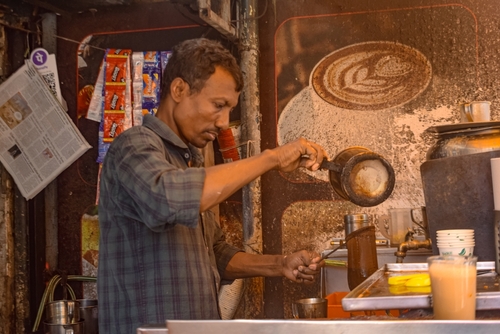
In India, chai isn’t confined to the home. It’s everywhere, at railway stations, busy markets, and office canteens. Chaiwallas (street vendors) serve it in small glasses or clay cups called kulhars.
The sight of a steaming kettle and the sound of cups clinking are part of the rhythm of daily life. For many, it’s impossible to imagine a day without chai.
A ritual of connection
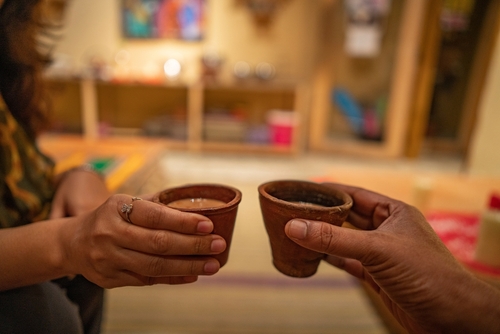
Chai is more than a pick-me-up. It’s the drink of choice for conversations, negotiations, and family time. Sharing a cup is an invitation to connect, whether it’s with neighbors, coworkers, or strangers. For immigrants, finding chai in a US café can be a lifeline, a reminder of home in the middle of a busy day.
Beyond the classics: Other fascinating tea cultures
Tea has countless personalities. Beyond the most famous traditions, other countries have their own unique spins.
China: The birthplace of tea
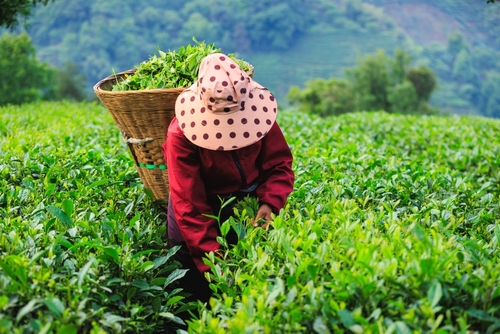
China is the origin of tea culture, with varieties like green, white, oolong, and pu-erh. Each type has distinct flavors and brewing styles.
The gongfu tea ceremony is especially renowned. It uses small clay teapots and short, repeated infusions. The focus is on appreciating the changing flavors of the tea over multiple pours.
Turkey: Black tea (çay) and community
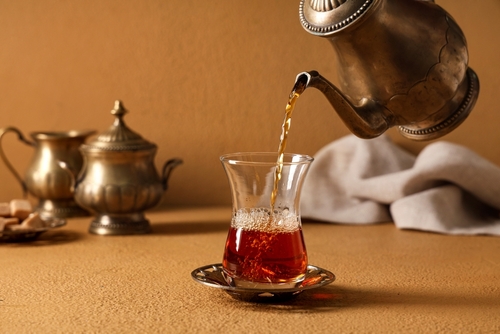
Turkey actually tops the global charts for tea consumption per capita, with the average person drinking several cups a day, specifically, çay. Served in tulip-shaped glasses, it’s strong, dark, and usually sweetened with sugar. Milk is never added.
Tea is part of daily hospitality. Visitors are almost always offered a glass, and tea gardens are central gathering places. It’s common to drink several cups during long conversations.
Sri Lanka: Ceylon tea and island pride
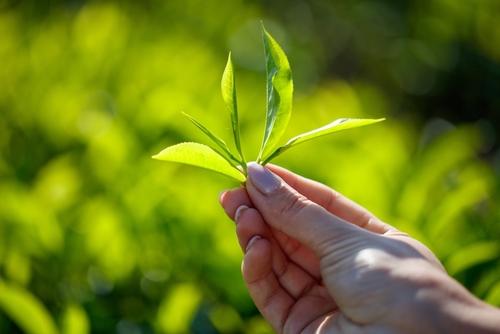
Sri Lanka, once called Ceylon, is famous for its lush tea plantations in the central highlands. The island’s humid climate and fertile soil create some of the world’s most distinctive teas, known for their bright, brisk flavors.
Ceylon tea is often enjoyed strong and plain, but locals also mix it with milk and sugar. For Sri Lankan immigrants, a cup of Ceylon tea is more than refreshment; it’s a direct connection to the island’s green hills and family traditions.
Argentina: Yerba mate as a ritual of friendship
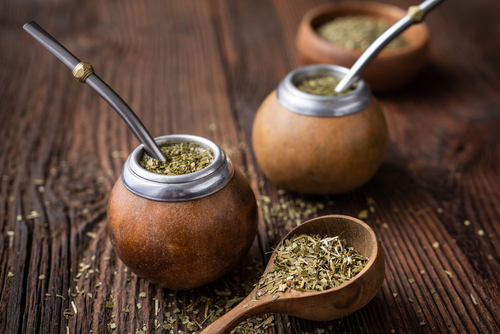
In Argentina, tea takes the form of yerba mate, a caffeinated herbal drink. It’s steeped in a hollowed-out gourd and sipped through a metal straw called a bombilla.
What makes it special is the sharing. One person prepares it, drinks, then passes it along. Everyone sips from the same straw, creating a ritual of trust and connection.
Iran: Black tea and glass cups
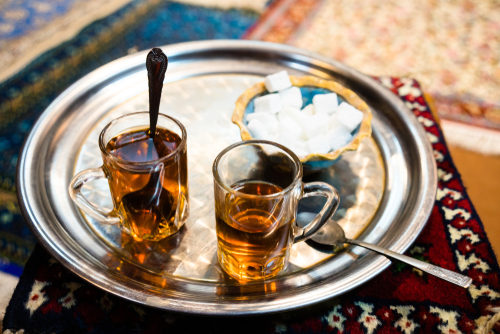
In Iran, tea, or chai, is the drink of choice morning to night. It’s almost always black tea, brewed strong in a pot called a samovar and poured into small glass cups so the deep amber color shines through.
The tea is often sweetened with sugar cubes or nabat (crystallized sugar), sometimes held between the teeth while sipping. Tea houses, or chaikhanehs, are cultural hubs where people gather to talk, relax, and play games.
Ireland: Strong brews and comfort
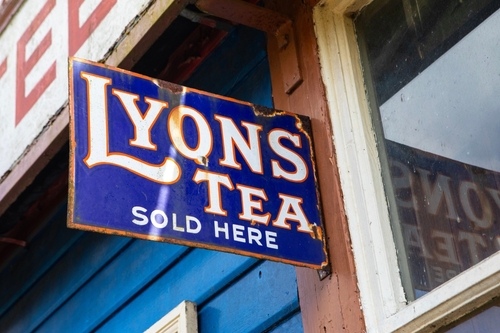
Ireland ranks among the world’s top tea drinkers per capita. Here, tea is strong, usually black, and almost always served with milk and sometimes sugar. Popular brands like Barry’s or Lyons are household staples.
Irish tea culture is about comfort and connection, sharing a “cuppa” with friends, offering it to guests, or making it the first thing you do in the morning.
Tea culture as a global connector
So what ties all these traditions together? It’s simple: Tea is about people, not just leaves in hot water.
Shared values across tea traditions
Whether it’s Japan’s quiet ceremonies or India’s bustling chai stalls, tea represents hospitality, connection, and pause. Every culture has shaped it differently, but the essence remains universal.
It’s also a reminder that no matter where you’re from, there’s always a way to share a cup. Tea is a language everyone understands.
Tea and the immigrant experience
For immigrants, tea can be both grounding and expansive. It’s grounding because it brings back the tastes and routines of home. It’s expansive because it introduces you to new traditions and neighbors.
In the US, you can find global tea traditions in specialty cafés, from bubble tea shops to Moroccan mint tea bars, in cultural festivals, where tea ceremonies are performed, and in international grocery stores, which stock authentic blends and spices. Tea is a bridge between cultures, making it a cozy companion for anyone navigating life in a new country.
How Does Tea Culture Influence Social Connections Among Migrants?
Tea culture plays a significant role in fostering social connections among international migrants. During gatherings, shared teas become moments of connection and storytelling, bridging cultural gaps. As communities come together for international migrants day celebrations 2025, the warmth of tea enhances a sense of belonging, promoting unity and shared identity.
FAQ
What is the most popular tea in the world?
Black tea is the most widely consumed type globally. In East Asia, though, green tea is more common.
How did tea become so important in British culture?
Tea became popular in Britain in the 1600s, and by the 19th century, it was a daily habit thanks to trade with India and China. Afternoon tea cemented its role as a social ritual.
Is it true that you shouldn’t add milk to all types of tea?
Yes. Milk pairs well with strong black teas like English Breakfast or chai. But with green or delicate teas, milk can overwhelm the flavor.
What is Moroccan tea culture like?
It centers on mint tea, poured from a height and served as a sign of hospitality. Refusing it is considered impolite.
What is yerba mate, and how is it different from tea?
Yerba mate is an herbal infusion from South America. It isn’t technically tea, but it’s enjoyed similarly, with social rituals built around sharing.
Where can I experience global tea traditions in the US?
Look for Japanese cultural centers, Indian cafés, Turkish tea gardens, or Latin American markets. Many cities also host cultural festivals that feature tea.